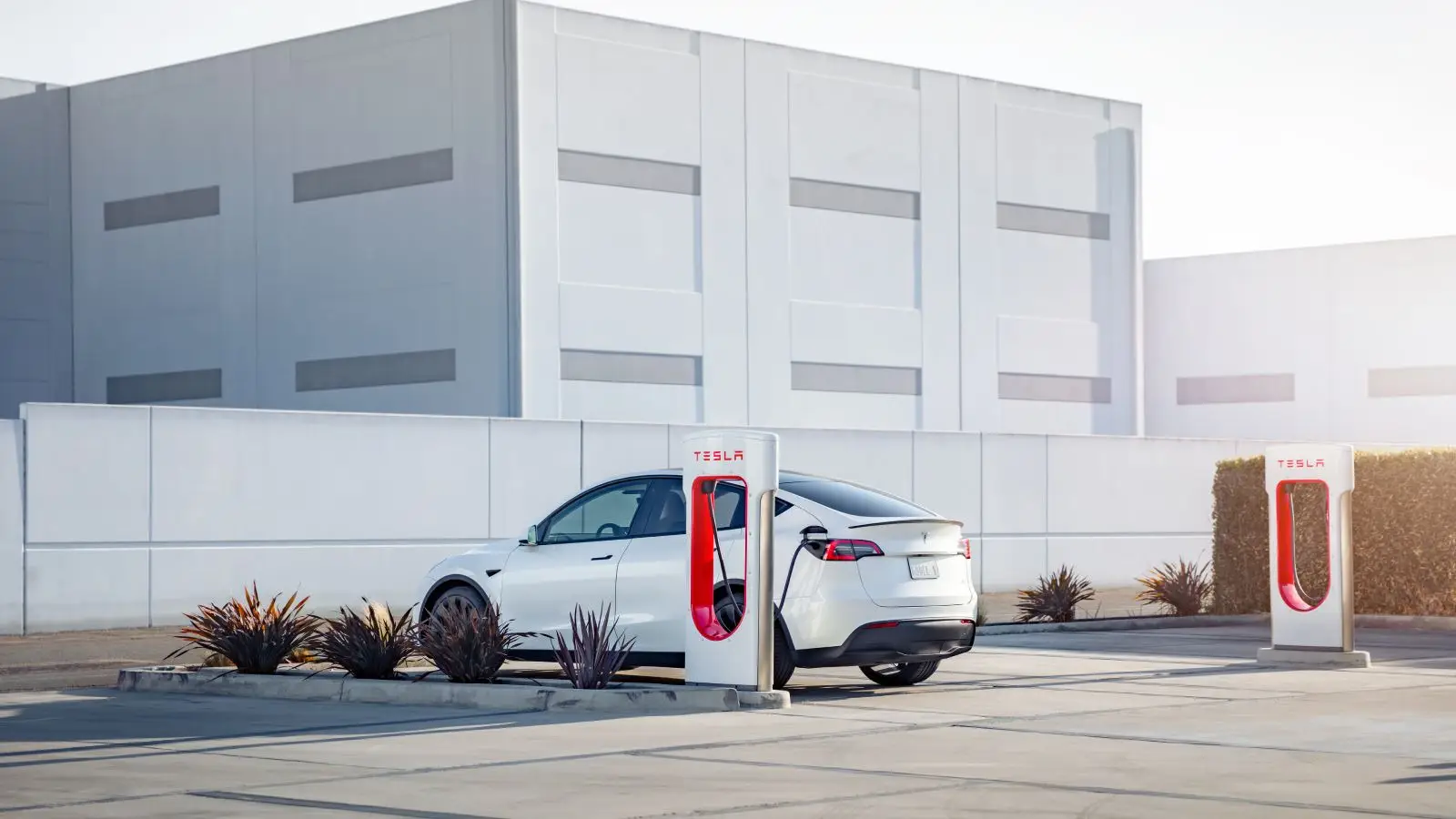News
Recurrent Study Reveals How EV Range Changes After Three Years

Recurrent’s data compares EV range retention across brands after three years, highlighting key differences in battery performance. Read the full analysis.
A new analysis from Recurrent, a company that studies real-world telematics data from electric vehicles, indicates that battery degradation in modern EVs is far less dramatic than many drivers assume. While every battery loses capacity over time, the scale of that loss in the early years is generally modest, and differences between brands often stem from factors such as technology generation, software behavior, and the age of specific models.
Recurrent examined data from hundreds and thousands of vehicles across fourteen brands to understand how real-world driving range changes after three years on the road. Cadillac, Hyundai, and Mercedes-Benz showed the strongest range retention, while Tesla also performed well, maintaining more than 96% of its initial real-world range. Models from Volkswagen, BMW, and Jaguar experienced somewhat greater decline but still retained over 90% of their original performance.
According to Recurrent, instances of “zero range loss” do not mean that a battery has avoided aging entirely. Automakers can gradually unlock additional buffer capacity as the pack wears, masking the decline from the user’s perspective. Software updates may also adjust regenerative braking or efficiency, influencing observed range.
Several outcomes have straightforward explanations. Chevrolet’s lower placement compared with Cadillac, despite their shared parent company, likely results from the older technology used in the Chevy Bolt. Jaguar’s I-Pace debuted in 2018 and lacks newer-generation thermal and battery management features, while BMW’s results are affected by the long-running i3, which dates back to 2014.
Recurrent’s data highlights an additional pattern: EV batteries often lose capacity more quickly during the first years of use, after which the degradation rate slows. Real-world studies also confirm that cold temperatures and frequent DC fast charging can accelerate wear, while vehicles equipped with heat pumps maintain higher efficiency in winter conditions.
Even so, the broader conclusion remains encouraging. Liz Najman, Recurrent’s director of market insights, notes that many EVs exceed their EPA range during their first one to two years in real-world driving. And although batteries do age, range typically stays at or above EPA expectations for several years. For most owners, that means fewer worries about long-term usability and a driving experience that remains consistent far longer than early EV skeptics predicted.
2025, Nov 18 21:50


